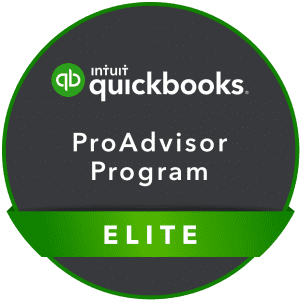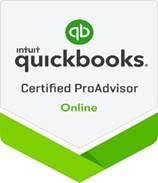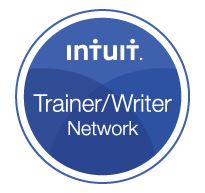Marie’s Musings…

As you know, we work with clients regularly to streamline their business practices, focus on earning more profit and examining ROI for marketing ventures. Many new clients who reach out to us have great revenues, but at the end of the month, there’s not much left. In other words…there’s not enough money at the end of the month. These business owners are juggling accounts, they’re ‘robbing Peter to pay Paul’ and some have even kited checks—remember…I don’t divulge confidentiality, but kiting checks is a federal offense. Once your cash flow gets out of control, it’s hard to take steps to break the cycle…but BREAK it you must!
Watching the cash balance is one of the most frequent activities of a small business owner. Besides making sure you have enough cash for payroll and bills, there is another huge opportunity you can benefit from: lowering the cost of processing your bills. It can be expensive and time-consuming to process bills and handle the paperwork involved. We’ll take a look at a couple of the many ways you can streamline your accounts payable processing costs and ease your frustration.
Implement these 5 steps to break your cash-flow cuffs!
Opportunity #1: Get Control
When it comes to finances, it’s never a good idea to mix business and personal, especially when it’s coming out of the same bank account. Keep separate checking accounts for business and personal, and your bookkeeping costs will go way down. Do the same thing for credit cards as well.
If you’re comfortable with credit cards and you can maintain control of your spending, it saves accounts-payable time when you can charge everything you spend on business to your credit card as long as you pay it off every month. Using your card is faster at checkout than writing a check these days, so you’ll save time on errands as well. Personally, I like the points that I earn when using my credit cards.
If you are unable to open a credit card account for your business, you can always use a personal card—the idea is to keep your business transactions separate from your personal ones. For more help with this, request our audio CD “Avoid 3 Biggest Mistakes Made by Business Owners!”
Opportunity #2: Verify
We hope you never pay bills that aren’t yours, but it can happen. To avoid it as much as possible, implement a three-way matching process on all your payables, especially those related to inventory. The three-way part refers to the three documents involved in accounts payable:
- The purchase order
- The packing slip
- The invoice
Before any invoice is paid, these three documents should be matched line by line – for quantity, price, and description — to ensure you ordered and received what you paid for. Only then should your bill be approved. This will ensure that you don’t pay a fraudulent bill, you don’t pay for out-of-stock that didn’t ship and that you paid the correct price you agreed to in the first place. P.S. The banks can occasionally process an ACH (EFT) that doesn’t belong to you—make sure that you reconcile your checking accounts monthly!
Opportunity #3: Tell Yourself a Little White Lie
There’s an old saying: “robbing Peter to pay Paul.” If you’re always moving money around from one checking account to another to cover bills and payroll, you’re not the only small business owner who juggles funds. It takes up valuable time to make all these transactions, and then it costs to record them and track them.
Reduce all that by telling yourself a little white lie about your bank balance. If your bank balance is $10,000, tell yourself it’s only $5,000 (or whatever amount makes sense for you). That way, you’ll always have a cushion in your account that will help you reduce transfers. There are several ways to set this “little white lie” up in your books.
Opportunity #4: Automate
Put recurring expenses such as utilities, rent, accounting, and other monthly bills on bank draft or auto pay if the vendor has that option. This will save you a huge amount of time, supplies, and postage. You can also be more accurate with the timing of the payment which will allow you to keep your money for as long as possible until the due date arrives. One of my clients likes to call in their payments to the vendors—this might work for you—UNLESS there’s an added fee for each payment.
Opportunity #5: Go Digital
The Intuit Payment Network (IPN) is a best-kept secret when it comes to sending and receiving money. It’s free to set up your account, and it’s also free for your receiver to set up an account. All you do is add your bank account, and you can easily transfer funds between the two accounts just by knowing the receiver’s email address.
The receiver of money only pays 50 cents per transaction, so when you have a large transfer of funds, it’s totally worth it. It saves you postage, check stock, envelopes and the related mailing labor.
Another way to go digital is via PayPal. Fees vary, and are usually paid by the receiver; however, they seem to average between 3-4%–very similar to credit cards.
These are only five of many ways you can reduce your processing costs and save time on accounts payable processing. Give these five accounts payable ideas a try, and feel free to let us know how we might help you streamline your systems for smoother cash flow.









Leave A Comment